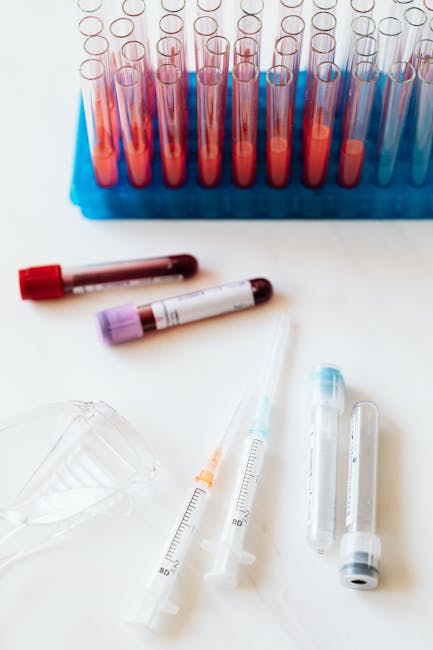The Path To Finding Better
 A Guide for Choosing the Appropriate Lab Vial
A Guide for Choosing the Appropriate Lab Vial
For those engaged in scientific study, pharmaceutical assessment, or chemical examination, opting for the proper lab vial is important. Different vials have their own sealing systems, thermal endurance properties, and suitability with various analytical methods. This guide will examine some frequent lab vial alternatives and how to evaluate which fits your application best. See, this website has all the info you need to learn about this amazing product.
0 Picture Gallery: The Path To Finding Better
Among the more basic and adaptable vial types is the screw-top vial. As the name suggests, these containers have a threaded cap that tightly screws onto the opening. Screw-top vials are suitable with a broad range of chemicals and solvents. Their sealing system productively avoids leakage during storage, transport, and centrifugation. Yet, screw threads can become impaired over time with recurrent opening and shutting. Click here for more helpful tips on this company.
When applications demand frequent access without risk of cross-contamination, snap-top vials represent an excellent choice. Unlike screw-top versions, their secure press-fit covers can be swiftly and easily opened and shut. This makes snap-top vials well-suited for high-volume screening in biotechnology and automated sampling systems. However, their seals are not as durable as screw-threaded types and may leak more easily under pressure. This page has all the info you need.
When analyzing volatile or heat-sensitive materials, crimp-top vials offer an extremely secure seal without risk of degradation. Their aluminum seals are crimped firmly in place, shielding samples during lyophilization, HPLC, and GC-MS without using adhesives or solvents. However, crimping machines are necessary to open these vials. They also cannot be resealed after opening. Here’s the link to learn more about the awesome product here.
The type of vial required will rely on your specific application and analytical technique. For microsampling, autosampler compatibility, or freeze-drying small volumes, consider shell or microsampling vials. When adjusting sample concentration or transferring between containers, dilution vials are convenient. By comprehending the strengths and constraints of each vial type, one can opt for options optimized for experimental needs, maximizing precision, efficiency and accuracy of analysis. With the right vial, you’ll be prepared to take research or testing to the next level. Just click here and check it out! This website has all you need to learn more about this topic.
In summary, deciding on the appropriate lab vial depends on elements like your analytical method, sample type, and experimental needs. By understanding the strengths and limitations of prevalent vial types, you can pick possibilities optimized for precision and efficiency in your work. With the right container, you’ll be prepared to further your research or testing to the next stage. Click here to get even more info on the subject!
This post topic: Health Care & Medical